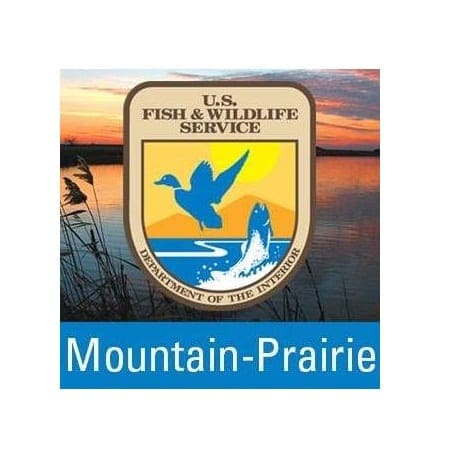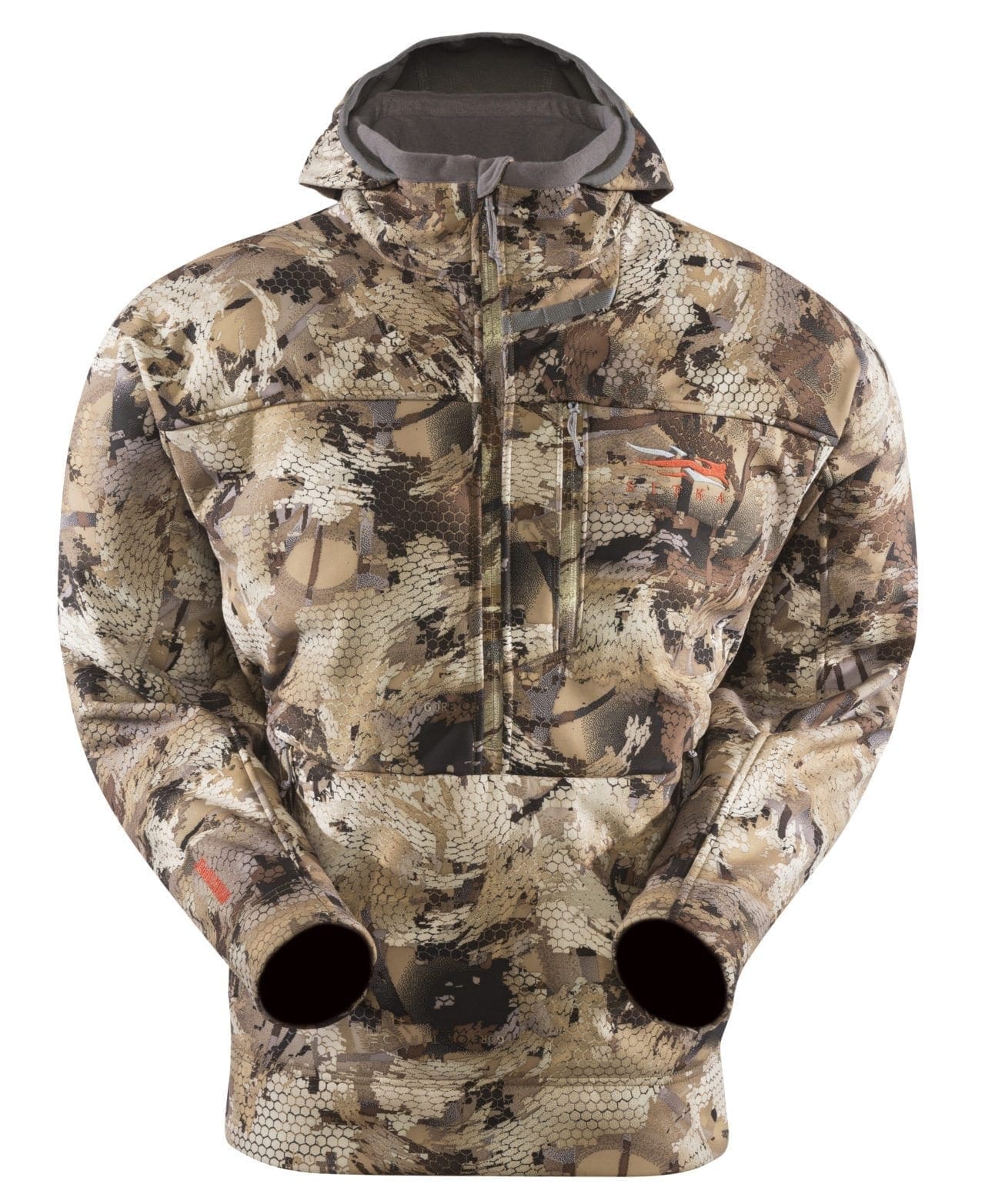Nebraska Hunters and Anglers Now Have More Opportunities Thanks to Final Fish and Wildlife Service Rule Expanding Sporting Access on Refuges and Hatcheries

Since day one, the Trump administration has prioritized recreational access to public lands, particularly for hunting and fishing. These two great American pastimes have formed the bedrock of the nation’s wildlife conservation efforts, generating more dollars for habitat protection and restoration than any other outdoor pursuit. Today, the Department of the Interior’s U.S. Fish and Wildlife Service (Service) helped grow that legacy by finalizing a rule to open additional hunting and fishing opportunities in Nebraska and across the country. This brings the total expansion to over 4 million acres nationally since President Trump took office.
“On the heels of President Trump signing the most significant conservation and recreation funding in US history, providing nearly $20 billion over the next 10 years to fix and conserve the American people’s public lands, the Trump Administration has now made an additional 2.3 million acres accessible to new hunting and fishing opportunities,” said U.S. Secretary of the Interior David L. Bernhardt. “We continue to take significant actions to further conservation initiatives and support sportsmen and women who are America’s true conservationists.”
“The Trump Administration and Secretary Bernhardt have made access to public lands for hunting and fishing and other outdoor recreation a priority beginning day one. Hunting and fishing are a part of our American history, and we continue to ensure we provide opportunities for these activities which epitomize our American heritage,” said Service Director Aurelia Skipwith. “Furthermore, we have maintained our commitment to promoting good government by reducing the regulatory burden by working with states to facilitate these outdoor activities.”
In Nebraska, five national wildlife refuges are adding hunting and/or fishing opportunities. This includes opening crow, dove, rail, snipe and pronghorn hunting on acres already open to hunting; expanding existing migratory bird and upland game to new acre; and expanding season dates for existing sport fishing at Crescent Lake National Wildlife Refuge. For complete details of the final rule in Nebraska, see below.
“Hunting and fishing are cornerstones to Nebraska’s outdoor heritage. Hunters and anglers are deeply rooted in our state’s history and culture. These outdoor pursuits fund fish and wildlife conservation, support nearly 12,000 jobs statewide and contribute more than $1.17 billion to the state’s economy annually,” said Nebraska Game and Parks Commission Director, Jim Douglas. “In a state where 97% of the land is privately owned, the Nebraska Game and Parks Commission is thrilled that the U.S Fish and Wildlife Service is opening more public land to hunting and fishing opportunities. We feel strongly that expanded opportunities on national wildlife refuges will provide more access for sportsmen and women, growing satisfaction and participation among a group that proudly supports the conservation of our cherished natural resources.”
Since the creation of the very first national wildlife refuge by President Theodore Roosevelt, refuges have been places where wildlife is managed to ensure healthy populations for future generations of Americans to enjoy. Responsible hunting has always been a part of that management equation. Refuge managers complete rigorous environmental studies to ensure each hunting opportunity is consistent with their conservation goals. Hunting and fishing are not allowed on all refuges, but the Service makes every effort to permit them where possible and compatible.
Hunting and fishing generate millions of dollars in revenue for states each year from the sale of licenses and tags. Additionally, excise taxes on firearms and ammunition, as well as sport fishing equipment and boating fuel, generate more revenue for states for wildlife management and public recreation; in 2020 alone the Service will distribute nearly $1 billion to states under the Wildlife and Sport Fish Restoration Program.
For more information, view interactive maps of hunting and fishing opportunities, and a web page of all environmental documents related to openings and closings at all 147 affected stations.
Fort Niobrara National Wildlife Refuge will revise the proposal to discontinue use of general access permits. In response to comments and in coordination with the state, the refuge will discontinue the use of the general access permit and will adopt a quota deer hunt. The refuge will also open migratory bird, upland game and pronghorn hunting on acres already open to other hunting. John W. and Louise Seier National Wildlife Refuge will open migratory bird, upland game and big game hunting for the first time, and North Platte National Wildlife Refuge will open turkey, prairie dog and porcupine hunting on new acres and acres already open to hunting, and expand existing upland game and big game hunting to new acres and expand method of take for existing big game hunting. Finally, Valentine National Wildlife Refuge will open teal, crow, snipe, rail, woodcock, badger, bobcat, rabbit, fox, furbearer, opossum, partridge, quail, raccoon, skunk, squirrel, turkey, elk and pronghorn hunting on acres already open to other hunting, and expand existing migratory bird hunting to new acres.
The final rule will publish in the Federal Register and will be available at http://www.regulations.gov, Docket Number: FWS-HQ-NWRS-2020-0013.
The mission of the U.S. Fish and Wildlife Service is working with others to conserve, protect, and enhance fish, wildlife, plants, and their habitats for the continuing benefit of the American people. For more information on our work and the people who make it happen in the West, visit our website, connect with us on Instagram and Facebook, follow us on Twitter, watch our YouTube channel, and download public domain photos from Flickr.

